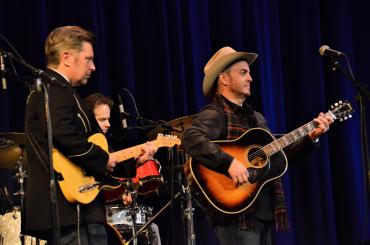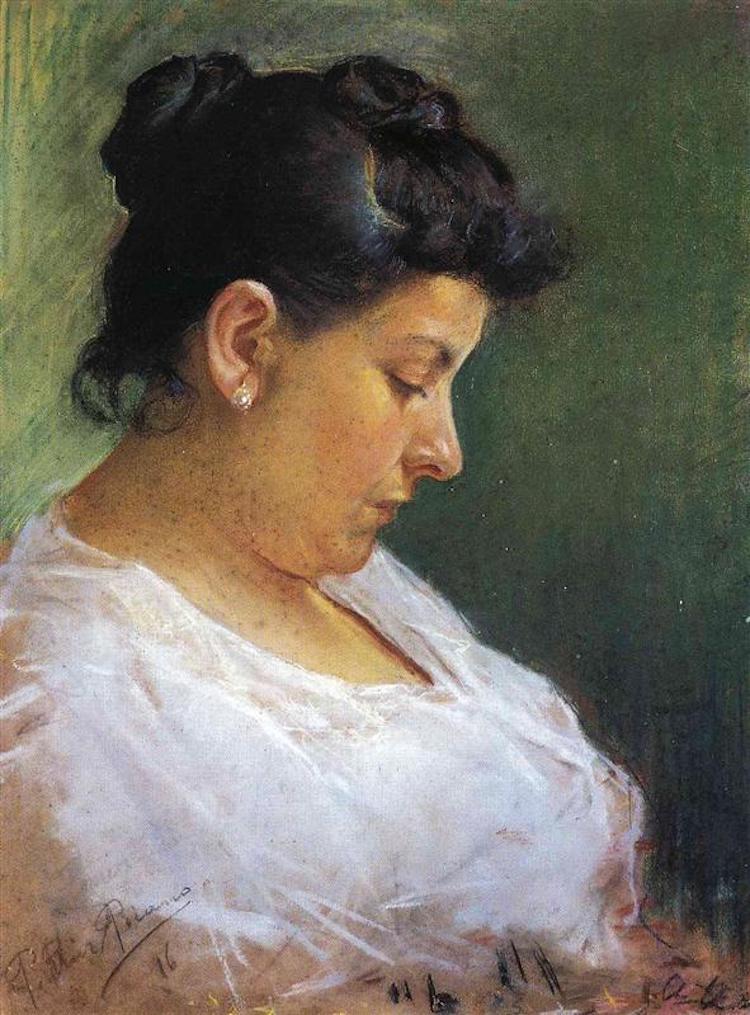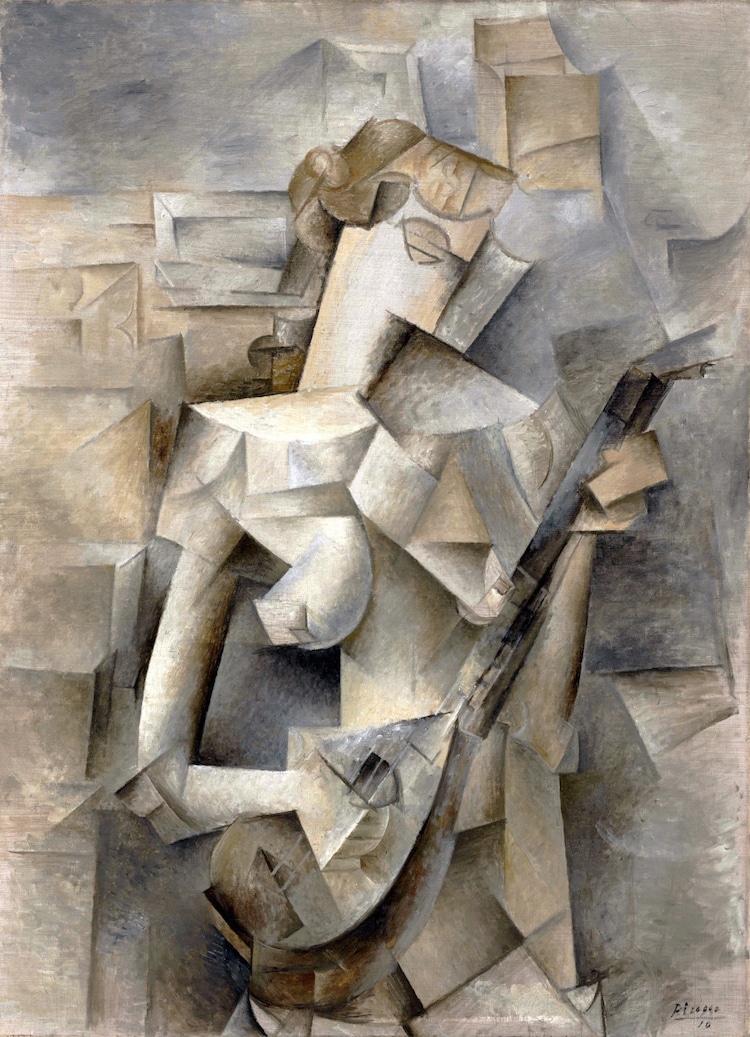Embracing Change Fuels The Gibson Brothers’ Growth

One of the criteria for excellence in bluegrass music is maintaining tradition while expressing it in new ways. Are these changes merely the changes of fashion, putting new covers on the same unchanging framework? Or are they organic, coming from some place deep within the human spirit? Is it possible to maintain tradition and improve without discovering that when we improve, we grow, and that growth leads to change, which ineluctably becomes some sort of impetus to challenge tradition?
During the past now nearly 20 years that my wife and I have been involved in the bluegrass world and 12 since I’ve been writing actively about the genre, we’ve seen remarkable changes taking place. Many bluegrass fans as well as its official organization have been slow to respond to these changes, while festivals have failed, delivery systems come and gone, bluegrass bands disappeared, and rancor become more widespread. Technology, taste, and tribalism have affected all elements of music as bands and fans seek to deal effectively with change, seeking to find a middle ground.
There is a statistical concept called “tendency toward the mean,” meaning that things tend to average out, to move toward the middle. In music, the center tends to move over time, with the traditional often tugged toward change and more progressive sounds. For music consumers who find emerging music difficult to listen to, or, at best, not to their own liking and taste, the idea of a movement toward the middle suggests that they shouldn’t worry too much about the decline, or even death of their “own” music. Rather, it may suggest that changes are simply evolutionary. Bands on the radical ends, whether they be extremely progressive or pervasively traditional, may be viewed as more within the genre’s center over time, finding more accepting ears, minds, and souls. Radical bands from the 1970s, like The New Grass Revival for instance, came to be perceived as more mainstream eventually, and in a more modern example, Punch Brothers have found fans within both progressive and traditional fan bases.
This shift toward the middle can go both ways. This year, nearly 30 years into a remarkable career that has yielded piles of awards from the International Bluegrass Music Association starting in 1998, The Gibson Brothers have again shown a remarkable capacity for growth and development with the release of Mockingbird, a country-soul album that is receiving well-deserved kudos in the world of Americana and country music. Let’s look at that progress and growth as a model. Here’s an early video from a Gibson Brothers performance at Blistered Fingers, in 1994, when Eric and Leigh were in their early 20s.
In watching The Gibson Brothers through the years, even 24 years ago at Blistered Fingers in Maine, you can see that the ingredients are already there, in the music itself, as well as in their show. What they’ve accomplished in the ensuing quarter century clarifies the difference between performers and artists, as they’ve grown and developed throughout their career, always involved in self-examination, experimentation, and their own growth. In this early show, they haven’t yet mastered the brother banter that permeates their current shows, always skating close to the “cringe line” but never crossing into nastiness or rancor. Honing a stage presence is part of a band’s evolution, and the music moves along, too. The Gibson Brothers’ willingness to leave effective and well-loved songs and styles behind, despite their continuing relevance, takes courage and a forward-looking spirit.
With a catalog so deep and so well-loved by their fans from coast to coast, The Gibson Brothers could subsist a long time simply playing their hits and fan favorites, perhaps without changing a thing. Plenty of musical artists in many genres have happily ridden their hits for decades without changing or exploring any deeper than the heights they achieved in their earlier years. Artists continue to examine their own character, while performers put on an old suit and do it again. Committed both to remaining a bluegrass band and to expanding their universe, The Gibson Brothers retain their roots while reaching out to new audiences, not necessarily bluegrass ones, always remembering that they must earn a living, too.
Pablo Picasso, whose life and art so often represented breaks with the conventional, recognized the importance of the so-called blue and rose periods in his paintings as allowing him to break away from times when traditionalism dominated his work. He was quoted as saying that he could draw “like Raphael” when he was young. “But it has taken me my whole life to learn to draw like a child.”
Portrait of the Artist’s Mother – 1894
Girl with a Mandolin – 1910
Like other great artists, The Gibson Brothers have grown in their careers before our ears and eyes. Their musical themes have changed from being young lovers and road warriors to considering questions of life, death, and eternity. They, as do all of us, approach their “Travelin’ Day” and consider the meaning of their music. Who could ask for more?
Perhaps it’s all best summed up in this song written by Eric Gibson that won the IBMA Song of the Year award in 2013. Someone (Richard Strauss, Duke Ellington, Louis Armstrong?) once said, “There are only two kinds of music, good and bad.” Maybe that says it:
* * * * * * * * * * * *
Your subscription helps keep independent roots music coverage alive! Subscribe to No Depression now and join a community of roots music fans from around the world.




